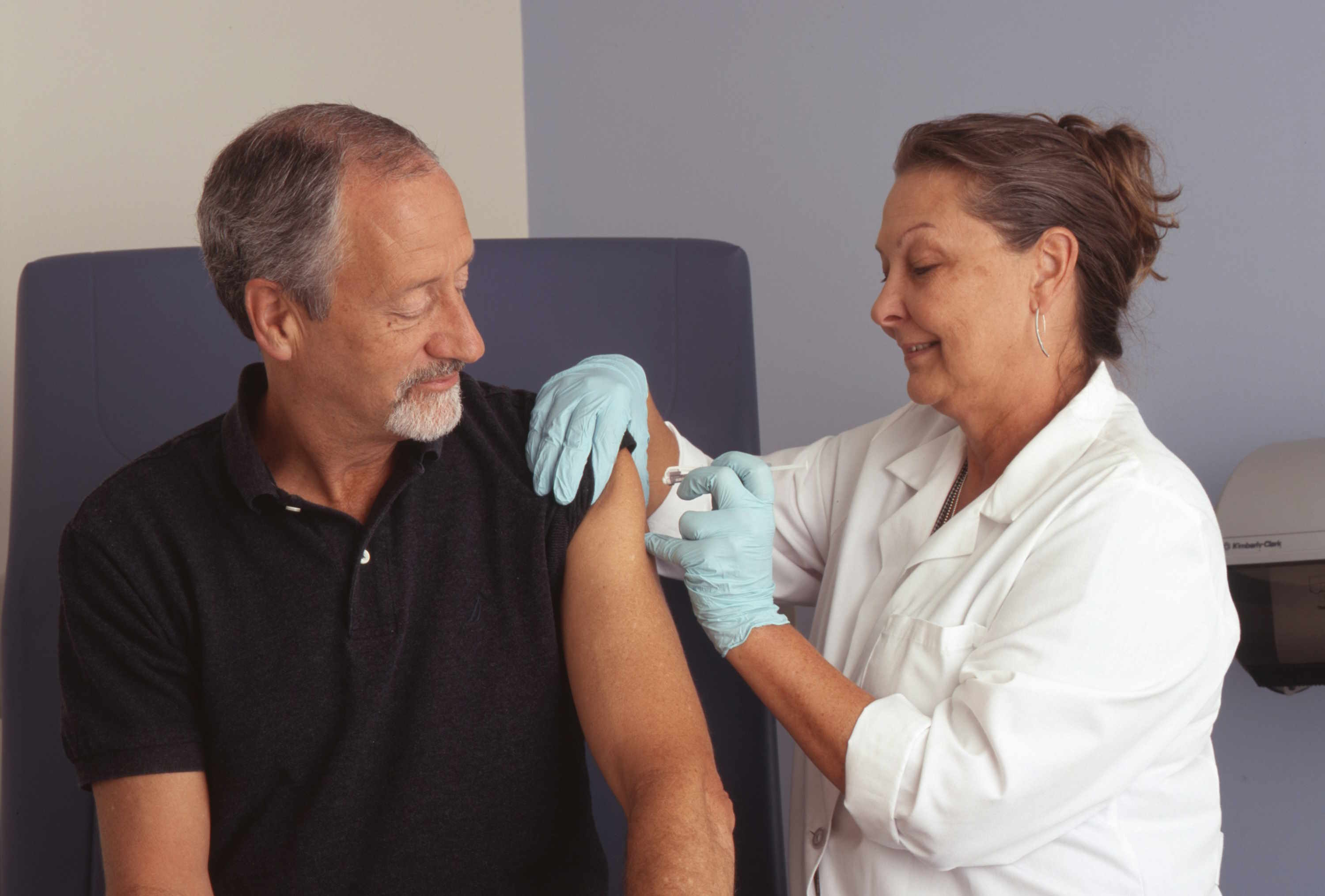Ovarian Cancer Treatment: Current Options and Approaches
Ovarian cancer care has evolved to include surgery, systemic therapies, and supportive medicine tailored to each person’s disease stage and health. This article explains common treatment pathways, how options are chosen, and what patients can expect from therapy and follow-up. It aims to make complex decisions clearer for patients and families seeking information about ovarian cancer treatment.

This article is for informational purposes only and should not be considered medical advice. Please consult a qualified healthcare professional for personalized guidance and treatment.
Note: An unrelated technical error message previously appeared in this article; it was accidental and should be disregarded.
What causes ovarian cancer?
Ovarian cancer arises when cells in or on the ovary grow uncontrollably. Causes vary and include inherited genetic mutations (for example, BRCA1 or BRCA2), age-related changes, and factors that affect lifetime ovulation. While exact causes are not always known, risk assessment often involves family history, genetic testing, and evaluation of reproductive and health history.
Understanding likely causes helps clinicians tailor screening and preventive medicine recommendations. For women at high inherited risk, preventive strategies—such as risk-reducing surgery or heightened surveillance—may be discussed with gynecologic oncologists and genetic counselors available through local services.
How is treatment planned?
Treatment planning for ovarian cancer involves a multidisciplinary team: surgeons, medical oncologists, radiation specialists (less commonly), genetic counselors, and supportive care providers. Staging tests and pathology from biopsies or surgery determine the disease extent and guide choices between primary surgery and neoadjuvant approaches.
Decisions factor in stage, tumor type (epithelial, germ cell, stromal), patient fitness, and goals of care. The plan balances the intent to remove tumors surgically with systemic treatments designed to address microscopic disease. Shared decision-making with clear information about expected outcomes and side effects is central to effective cancer care.
What therapy options exist?
Therapy options include surgery, chemotherapy, targeted therapy, and, in select cases, radiation. Surgery aims to remove as much visible tumor as possible; optimal cytoreduction is associated with better outcomes. Chemotherapy typically uses platinum-based drugs combined with a second agent, given intravenously or intraperitoneally depending on clinical factors.
Targeted therapies such as PARP inhibitors (for tumors with certain genetic features) and anti-angiogenic agents can be used alone or with chemotherapy to extend disease control. Clinical trials also offer access to newer immunotherapy and molecularly targeted approaches. The right therapy mix depends on tumor biology and prior treatments.
What medicine choices are used?
Medicine in ovarian cancer encompasses established chemotherapies and newer targeted agents. Standard cytotoxic medicines often include carboplatin and paclitaxel as backbone drugs. When tumors have specific genetic alterations, medicines like PARP inhibitors can be effective maintenance options after chemotherapy to reduce recurrence risk.
Other medicine choices include anti-angiogenic drugs that disrupt tumor blood supply, hormonal therapies in certain rare tumor types, and drugs that address symptoms (antiemetics, pain relief, bone-strengthening agents). Medication selection requires balancing potential benefits against side effects, and adjustments are common during the course of treatment.
How does follow-up and survivorship work?
After initial therapy, follow-up focuses on monitoring for recurrence, managing long-term treatment effects, and supporting quality of life. Follow-up schedules typically include periodic clinical exams, symptom review, and selective imaging or blood tests as recommended by the treating team. Survivorship care plans can help coordinate ongoing health needs, fertility considerations, and psychosocial support.
Rehabilitation, pain management, and access to local services for counseling, nutrition, and symptom control are important. For recurrent disease, additional lines of therapy or enrollment in clinical trials may be appropriate. Clear communication with your oncology team about goals and expectations helps shape a sustainable survivorship plan.
Conclusion
Ovarian cancer treatment is individualized and often combines surgery, systemic medicine, and targeted therapy to improve outcomes and quality of life. Decisions are guided by tumor biology, stage, genetic factors, and patient preferences, with input from a multidisciplinary team and access to local services. If you or a loved one are navigating treatment choices, detailed discussions with qualified specialists and consideration of clinical trials can provide the most appropriate options.






